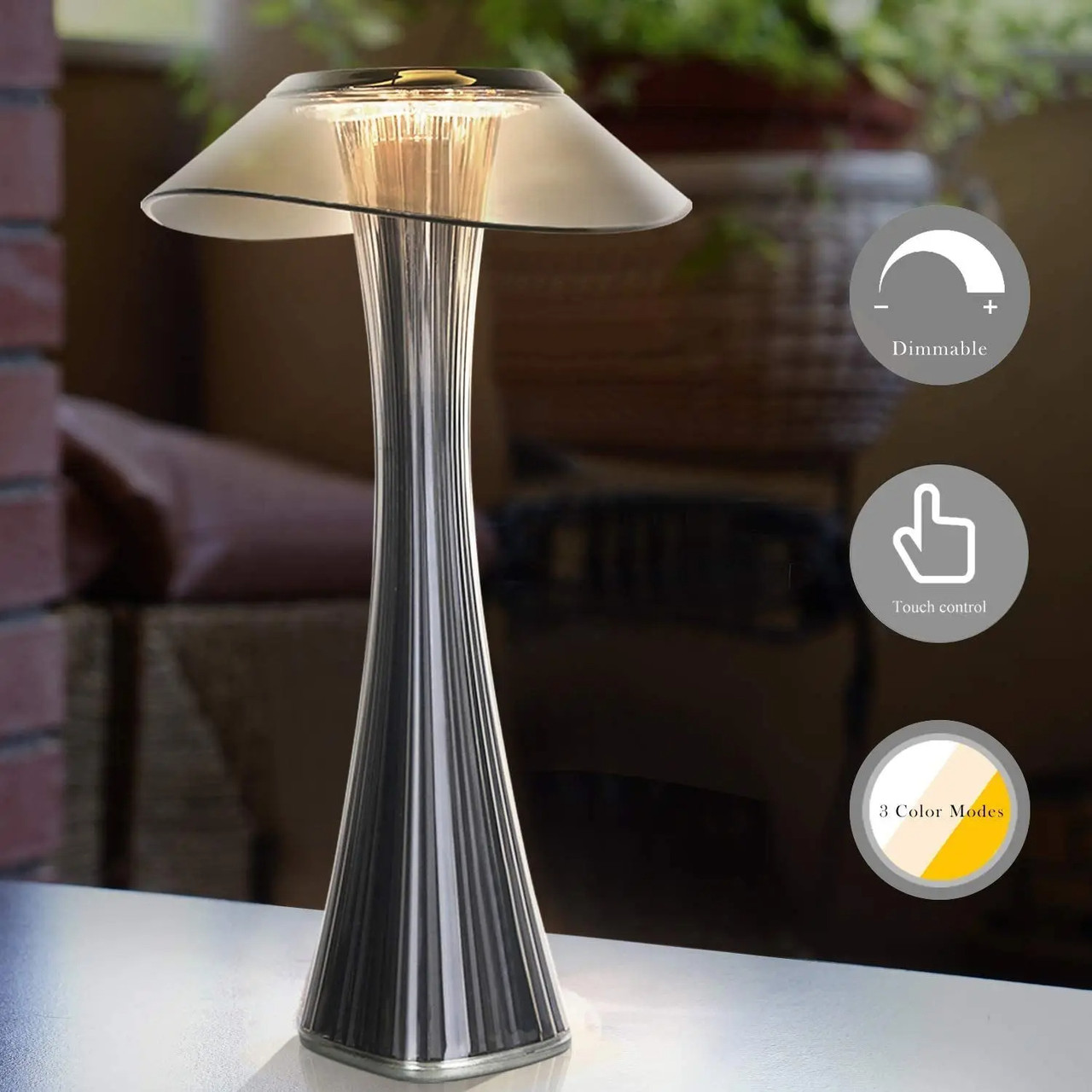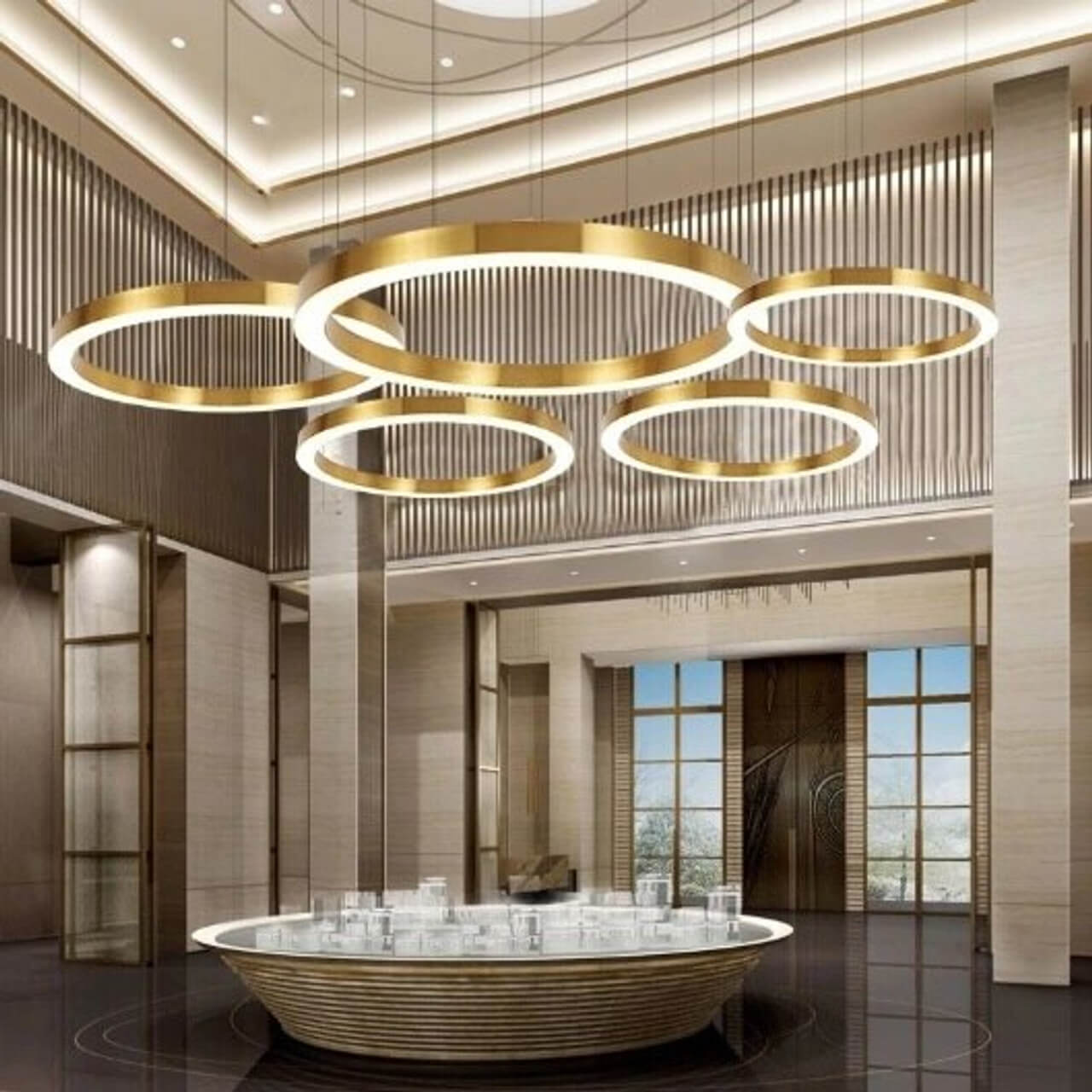Mycelium: Unveiling its Potential - Can It Truly Transform Urban Growth?
Jul 29, 2024
Unveiling the Potential of Mycelium: Can It Truly Transform Urban Growth?
I. Introduction to Mycelium:
Mycelium, a network of fungal threads, has intrigued scientists, architects, and environmentalists alike for its remarkable characteristics. Once an overlooked component in the natural ecosystem, it's now at the forefront of innovative solutions for sustainable living. In this exploration, we delve into the potential of mycelium as a transformative agent in urban growth. Can this humble fungus be the key to eco-friendly and sustainable urban development? We invite you on a journey to uncover the possibilities and challenges of integrating mycelium into our cities, reimagining how we view urban growth through a biological lens.
II. Understanding Mycelium:
Mycelium, often described as the internet of the fungal world, is a complex and adaptive network of hyphae – fine, thread-like structures. It forms the vegetative part of fungi, existing mostly beneath the soil surface, and plays a crucial role in ecosystems by decomposing organic matter and exchanging nutrients with plants. This symbiotic relationship with plants not only enhances soil fertility but also contributes to a robust and interconnected ecosystem.
Biologically, mycelium is fascinating due to its dynamic growth and resilience. It can rapidly adapt to changing environments and has a natural ability to bind different materials, making it an intriguing subject for scientific and architectural research. As a living organism, it showcases unique properties such as self-repair, biodegradation, and the ability to filter and break down toxins, presenting itself as a versatile and sustainable material.
The exploration of mycelium's potential is
driven by its minimal environmental impact. Unlike many synthetic
materials, mycelium grows quickly, requires minimal resources, and is
fully biodegradable, making it a poster child for sustainable practices.
Its growing use in various industries reflects a shift towards
embracing more eco-friendly materials and methods. In the following
sections, we'll dive deeper into its historical and current
applications, and how this extraordinary organism is starting to reshape
the urban landscapes.
III. Historical and Current Applications of Mycelium
The use of mycelium is not a novel concept; various cultures have harnessed its properties for centuries. Traditional practices, particularly in Eastern societies, utilized mycelium for its medicinal properties. Mycologists and historians have documented the use of fungi in traditional medicine, showcasing an early understanding of its biological benefits. In addition, historical evidence points to the use of fungal mycelium in creating durable and lightweight materials, like the famous Amadou hat made from horsehair fungus, known for its water-resistant properties.
Fast forward to the 21st century, and mycelium's applications have expanded exponentially. In the packaging industry, mycelium-based materials have emerged as a sustainable alternative to polystyrene and plastics. Companies like Ecovative Design have pioneered this approach, growing mycelium-based packaging that is not only biodegradable but also offers comparable protection and insulation. In the fashion industry, mycelium has been used to create leather-like materials, providing a cruelty-free and eco-friendly alternative to animal leather. These materials, lauded for their durability and aesthetic appeal, have caught the attention of major fashion brands seeking sustainable materials.
In the construction sector, mycelium has shown immense promise. Architects and engineers are exploring mycelium-based building materials for their natural insulating properties, structural integrity, and low environmental footprint. Mycelium bricks, panels, and other building components are being developed and tested for their feasibility in construction. These materials are not only sturdy and lightweight but also have the unique ability to self-heal, absorb carbon dioxide, and improve indoor air quality.
On a smaller scale, artists and designers are utilizing mycelium for creating furniture, sculptures, and other artistic installations. These works not only serve an aesthetic purpose but also function as a statement on sustainability and ecological awareness.
The current applications of mycelium are a testament to its versatility and environmental benefits. However, it's the potential use in urban development that is generating significant interest among urban planners and environmentalists. As we continue, we will delve into the theoretical underpinnings of mycelium in urban development and how it could redefine urban growth.
IV. Mycelium in Urban Development: Theoretical Underpinnings
The concept of integrating mycelium into urban development is rooted in the principles of sustainable and regenerative design. Urban environments, often characterized by their concrete landscapes and high carbon footprints, are in dire need of solutions that not only reduce environmental impact but also enhance ecological health. Mycelium offers a compelling answer with its unique biological properties.
The role of mycelium in urban settings can be multifaceted. Its ability to decompose organic waste and purify soil makes it a natural candidate for urban waste management and soil remediation. Cities, which often struggle with waste disposal, can leverage mycelium to break down organic waste, reducing landfill volume and emissions. Additionally, mycelium's capacity to detoxify soils contaminated by industrial activities offers a nature-based solution to rejuvenate urban land.
In terms of building and construction, mycelium's potential is groundbreaking. Mycelium-based materials can be grown into specific shapes and densities, offering architects and engineers a sustainable alternative to traditional building materials. These materials not only contribute to carbon sequestration but also enhance thermal insulation, potentially reducing energy consumption in buildings. Moreover, the organic aesthetic of mycelium-based structures can introduce a new dimension to urban architecture, blending the built environment with natural elements.
The potential benefits of mycelium in urban environments extend beyond physical attributes. Incorporating living materials into urban design can foster a deeper connection between city dwellers and nature, promoting a sense of environmental stewardship. This biophilic approach can improve mental well-being and create more livable and resilient urban spaces.
As we delve into real-world
examples in the next section, the transformative power of mycelium in
urban growth becomes more tangible, demonstrating how theoretical
concepts are being translated into practical, sustainable solutions.
V. Case Studies: Mycelium in Action
The theoretical potential of mycelium in urban growth is impressive, but it's in the practical applications where its true impact can be gauged. Here are a few case studies that illustrate how mycelium is being utilized in urban environments around the world:
- The Living's Hy-Fi Tower in New York: In 2014, the Museum of Modern Art and MoMA PS1 showcased a striking example of mycelium-based construction with the Hy-Fi Tower. Designed by The Living, an architectural firm, this structure was composed of bricks made from mycelium and agricultural waste. The tower not only demonstrated the feasibility of mycelium as a building material but also its compostability, as the bricks were broken down and reused in local gardens after the exhibition.
- Mycelium Green Roofing in Europe: Several European companies are exploring the use of mycelium for green roofing systems. These systems utilize mycelium's natural insulation properties and its ability to support plant growth. By incorporating mycelium into green roofs, urban buildings can benefit from improved thermal regulation, enhanced biodiversity, and reduced stormwater runoff.
- Urban Furniture from Mycelium in Amsterdam: In Amsterdam, a project titled 'Mycelium Furniture' demonstrated the application of mycelium-based materials in creating sustainable urban furniture. The project highlighted how mycelium could be grown into durable, water-resistant furniture, offering a sustainable alternative to wood and plastic.
- Soil Bioremediation Projects in Industrial Areas: Various cities globally are experimenting with mycelium for soil bioremediation in industrial areas. Mycelium's ability to break down pollutants and rejuvenate the soil is being harnessed to detoxify land contaminated by industrial waste, making it suitable for green spaces or urban agriculture.
These case studies represent just the tip of the iceberg in terms of mycelium's potential in urban development. Each project not only addresses specific urban challenges but also paves the way for broader acceptance and implementation of mycelium-based solutions in urban planning.
VI. Challenges and Limitations
While the potential of mycelium in urban development is significant, it's important to acknowledge the challenges and limitations that come with its use. Understanding these hurdles is essential for realistic implementation and further innovation in this field.
- Scalability and Production Challenges: One of the primary concerns is the scalability of mycelium production. While small-scale projects have been successful, scaling up to meet the demands of large urban projects poses logistical and financial challenges. Consistency in quality and properties across large batches of mycelium is also crucial for its reliability as a construction material.
- Durability and Longevity: The durability of mycelium-based materials, especially in varying urban environmental conditions, is another area requiring further research. Questions about its longevity, resistance to moisture, and structural integrity over time need comprehensive answers for widespread adoption in construction.
- Regulatory Hurdles and Building Codes: Mycelium-based construction materials are a new frontier, and current building codes and regulations may not account for their unique properties. Navigating these regulatory landscapes and obtaining necessary approvals can be a significant hurdle for large-scale urban projects.
- Public Perception and Acceptance: Integrating biological materials into urban environments is a novel concept, and public perception plays a crucial role in its adoption. Overcoming skepticism and educating stakeholders about the benefits and safety of mycelium-based materials is vital for their acceptance.
Despite these challenges, the ongoing research and development in this field are promising. Addressing these limitations not only paves the way for the practical use of mycelium in urban growth but also opens doors for further innovations in sustainable urban development.
VII. Future Perspectives: Mycelium and Urban Growth
Looking ahead, the prospects of mycelium in transforming urban landscapes are both exciting and vast. Researchers, architects, and urban planners are optimistic about the role mycelium could play in creating more sustainable, resilient, and liveable cities.
- Technological Advancements: Future advancements in biotechnology and material science are expected to enhance the properties of mycelium-based materials, making them more adaptable, durable, and suitable for a wider range of applications in urban settings. Innovations in growing and processing techniques could also address current scalability challenges.
- Integrated Urban Ecosystems: Mycelium has the potential to play a central role in the development of integrated urban ecosystems. Concepts like vertical gardens, bio-remediation sites, and urban agriculture can benefit from incorporating mycelium, creating spaces that not only support human life but also contribute to biodiversity and ecological balance.
- Collaborative Efforts and Cross-Disciplinary Research: The future will likely see increased collaboration between mycologists, architects, urban planners, and environmentalists. Cross-disciplinary research can drive innovation and find new ways to incorporate mycelium into urban environments effectively.
- Policy and Regulatory Frameworks: As the potential of mycelium becomes more evident, it is anticipated that policy and regulatory frameworks will evolve to support the integration of biological materials into urban development. This would involve revising building codes, encouraging sustainable practices, and providing incentives for the use of eco-friendly materials.
The
journey of mycelium in urban growth is just beginning. With ongoing
research, increased awareness, and a collective effort towards
sustainability, mycelium has the potential to play a significant role in
shaping the future of our cities.
VIII. Conclusion
As we've journeyed through the world of mycelium and its emerging role in urban growth, it's clear that this remarkable organism offers more than meets the eye. From sustainable construction and waste management to soil remediation and green roofing, mycelium presents a plethora of opportunities for creating environmentally friendly and resilient urban spaces.
The challenges, while significant, are not insurmountable. They invite innovation, research, and collaboration across various disciplines. As technology advances and awareness grows, mycelium's integration into urban environments seems not only feasible but imperative for sustainable development.
The potential of mycelium to transform urban growth is a testament to the power of nature and its untapped solutions. Embracing mycelium and similar natural materials in urban planning can lead us towards a more sustainable, ecologically balanced, and harmonious future. As environmental enthusiasts, urban planners, scientists, architects, and engineers, the exploration and application of mycelium in our cities could be one of the many steps we take towards a greener, more sustainable world.




